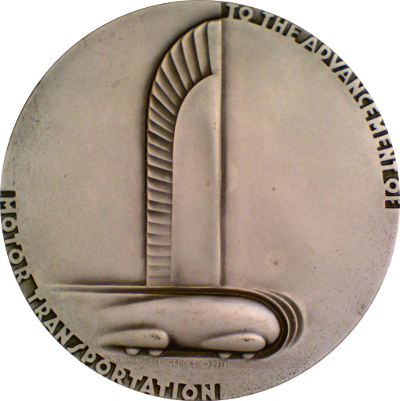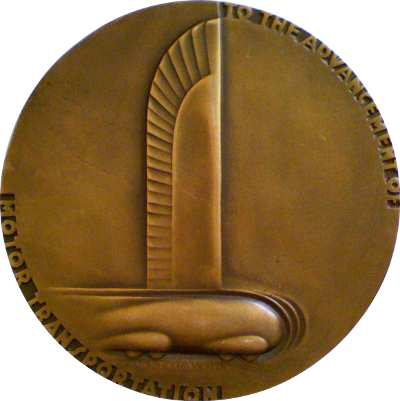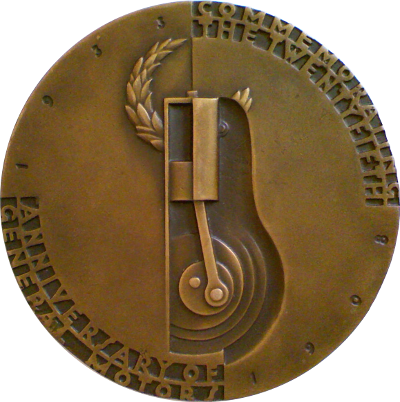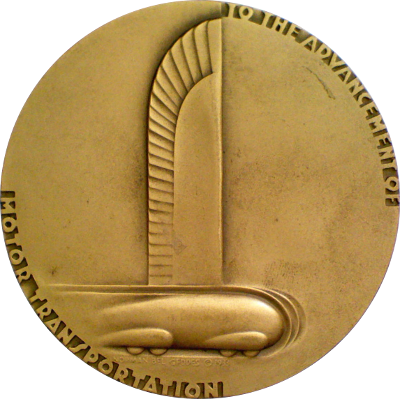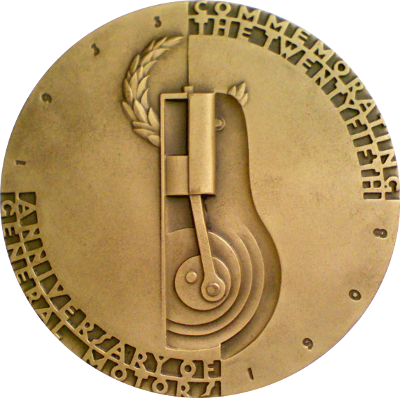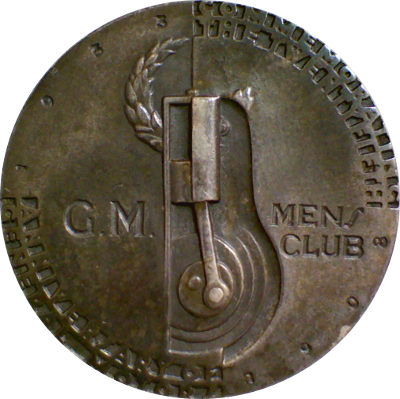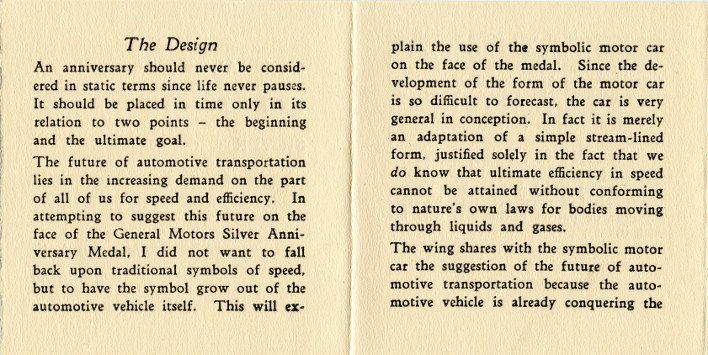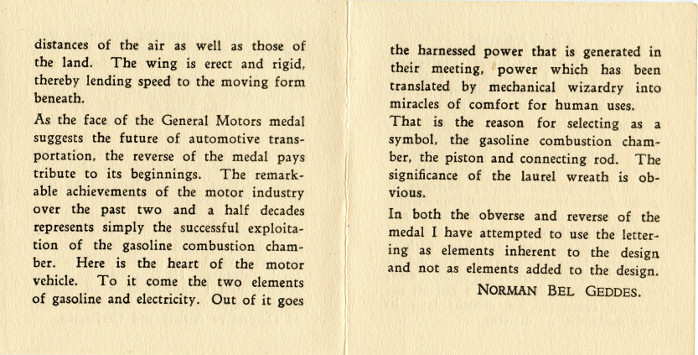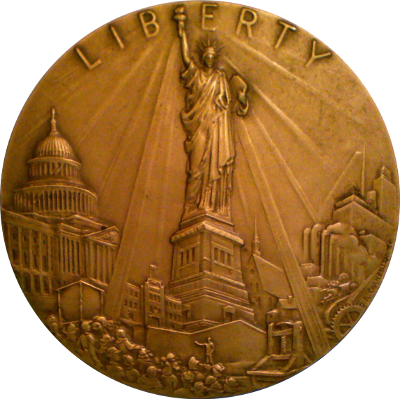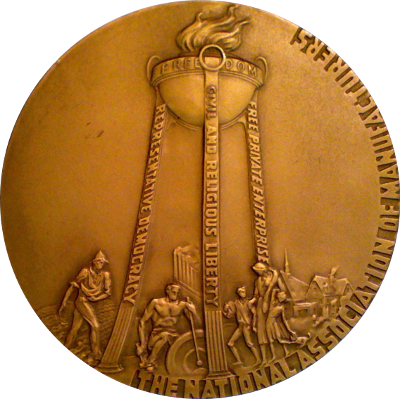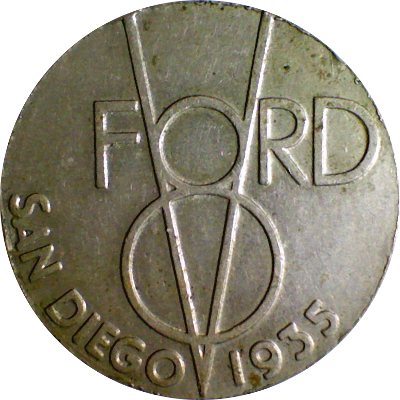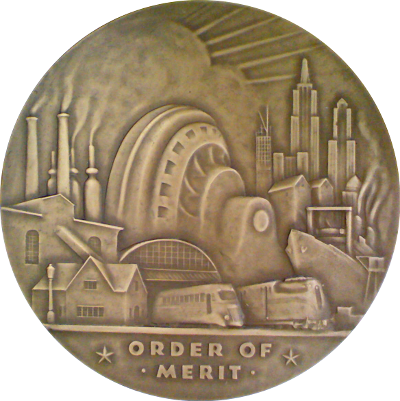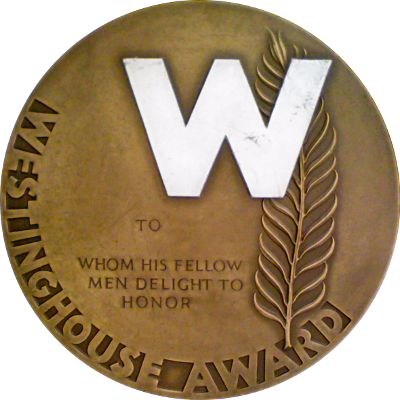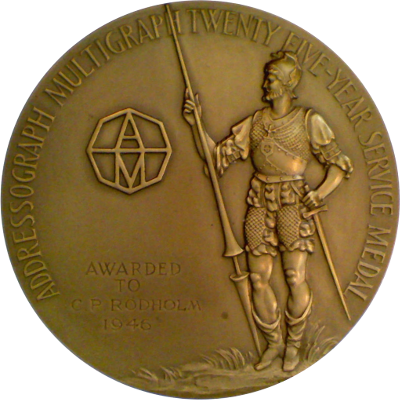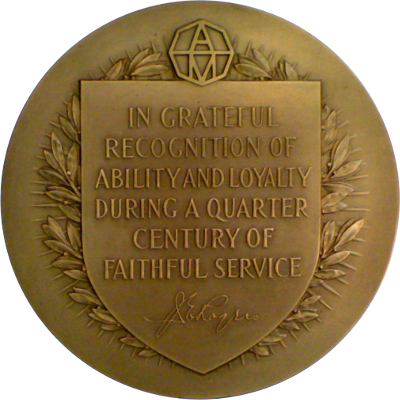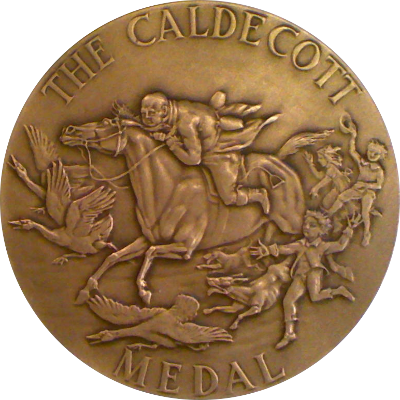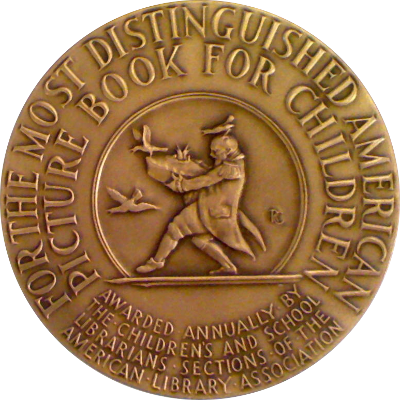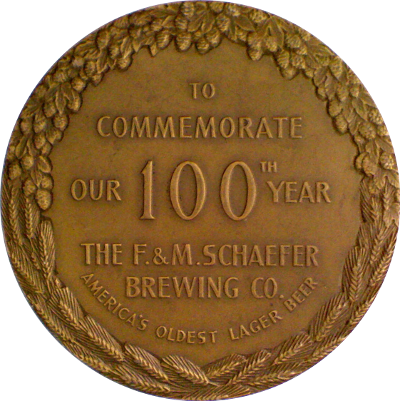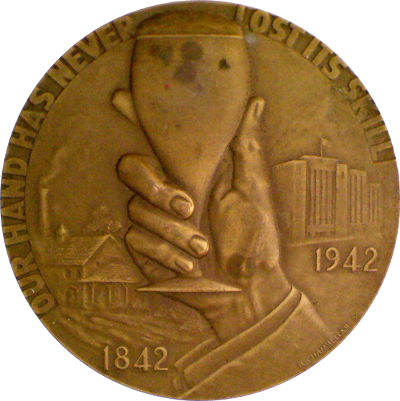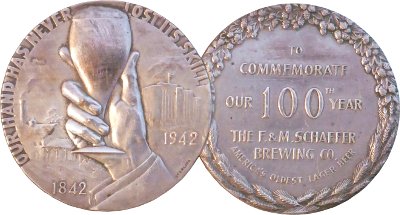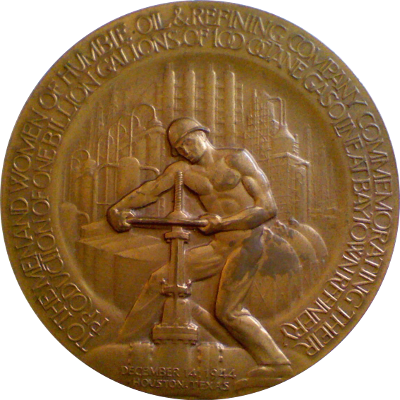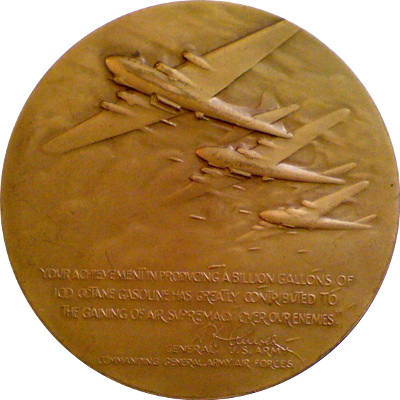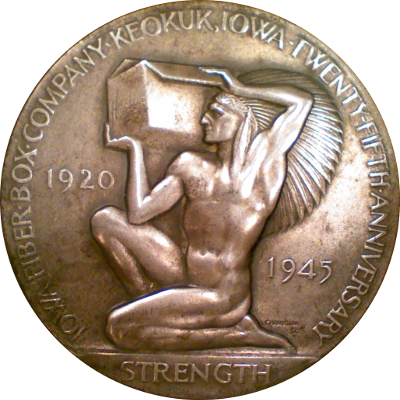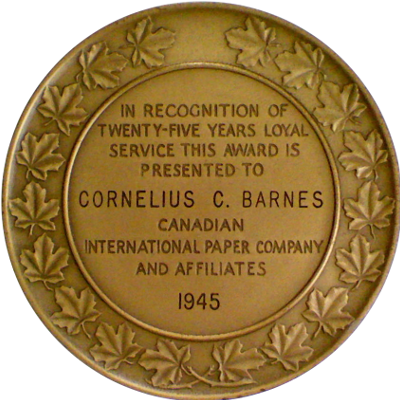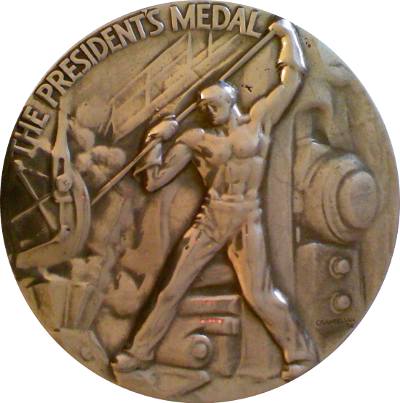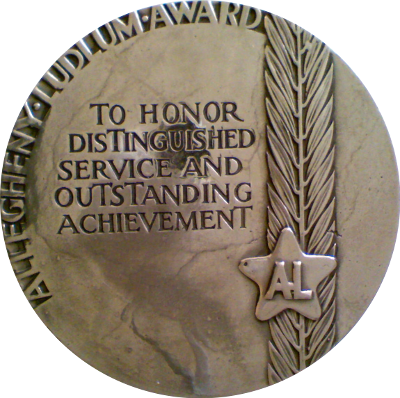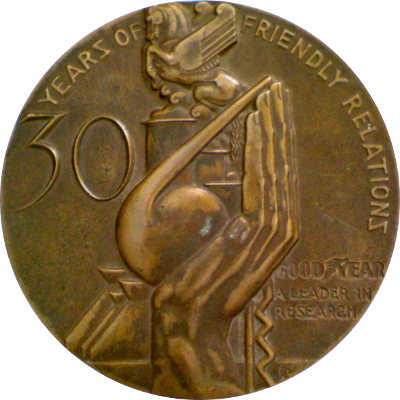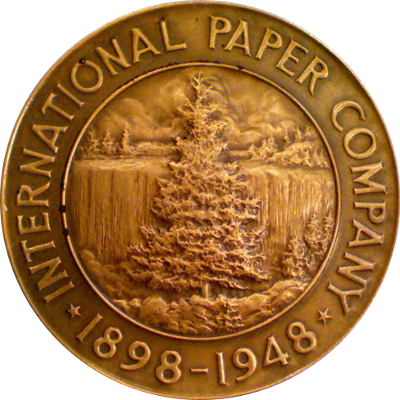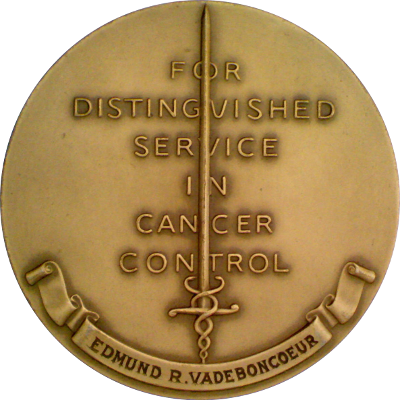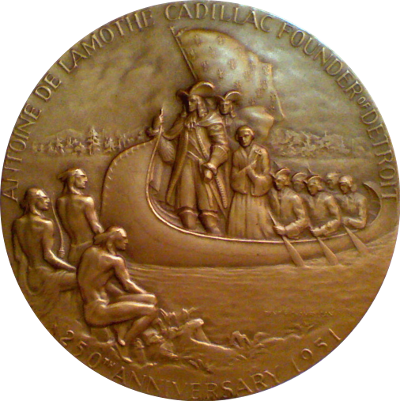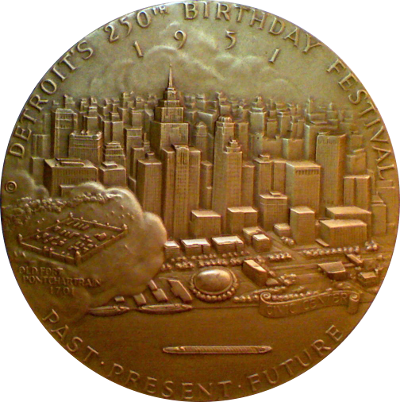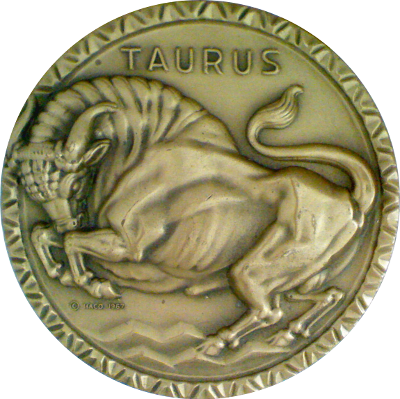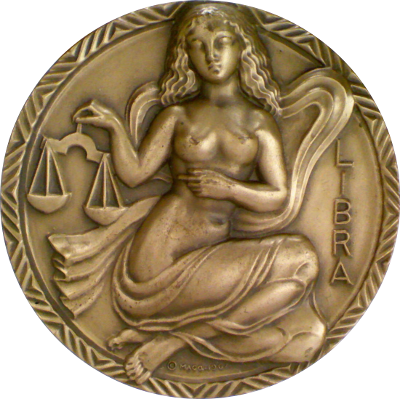Rene Paul Chambellan was born in West Hoboken, New Jersey and spent the first part of his life in and around New York City. He studied fine arts and architecture at New York University but joined the Army to fight in World War I. While serving with the Army Corps of Engineers as a sergeant he endured a gas attack but survived with wounds to lungs.
After the armistice, he was given the opportunity to study at the Art Academy which had been opened by the US Army in conjunction with the Ecole des Beaux-Arts to give artistically inclined but idle American soldiers something to do. Chambellan's talent gained him a formal seat at the Ecole des Beaux-Arts after just three months at the Art Academy. At the Ecole he forged connections to Solon Borglum, Raymond Hood, John Meade Howells and others that would prove invaluable upon his return to America.
Paris is also where Chambellan met his future wife, Suzanne. His persistence paid off when Suzanne accepted his third marriage proposal. After his graduation from the Ecole the couple returned to America.
Upon his return to New York, Chambellan taught sculpture at NYU for two years but he got busy with commissions very quickly. His first known commission for sculptures on the Russell Sage building in Manhatten kicked off his most productive period which lasted from 1922 to 1939. His sculptures would eventually grace more than 30 buildings and he completed over 30 medals for the Medallic Art Company. During this time he also designed and sculpted the Newbury and Caldecott medals for which he is best known today.
Unfortunately, Chambellan never really recovered completely from the wounds he had sustained in the gas attack in World War I. His lungs remained weak and he almost died during the construction of the Rockefeller Center in 1939. While he survived, he remained weak and would usually be forced to close his studio during winter time due to sickness. In the late 1940's he suffered a series of strokes and heart attacks that forced him to close down his studio entirely. While that was the end of his public career he neve stopped working entirely and continued producing art from his home until his death. He died from a major stroke in 1955.
Sourced from a telling by Bob Perrone, a grandson of Rene Paul Chambellan. Chambellan is one of my favorite sculptors and I would love to have more images of his medals and works, as well as more information on him.



